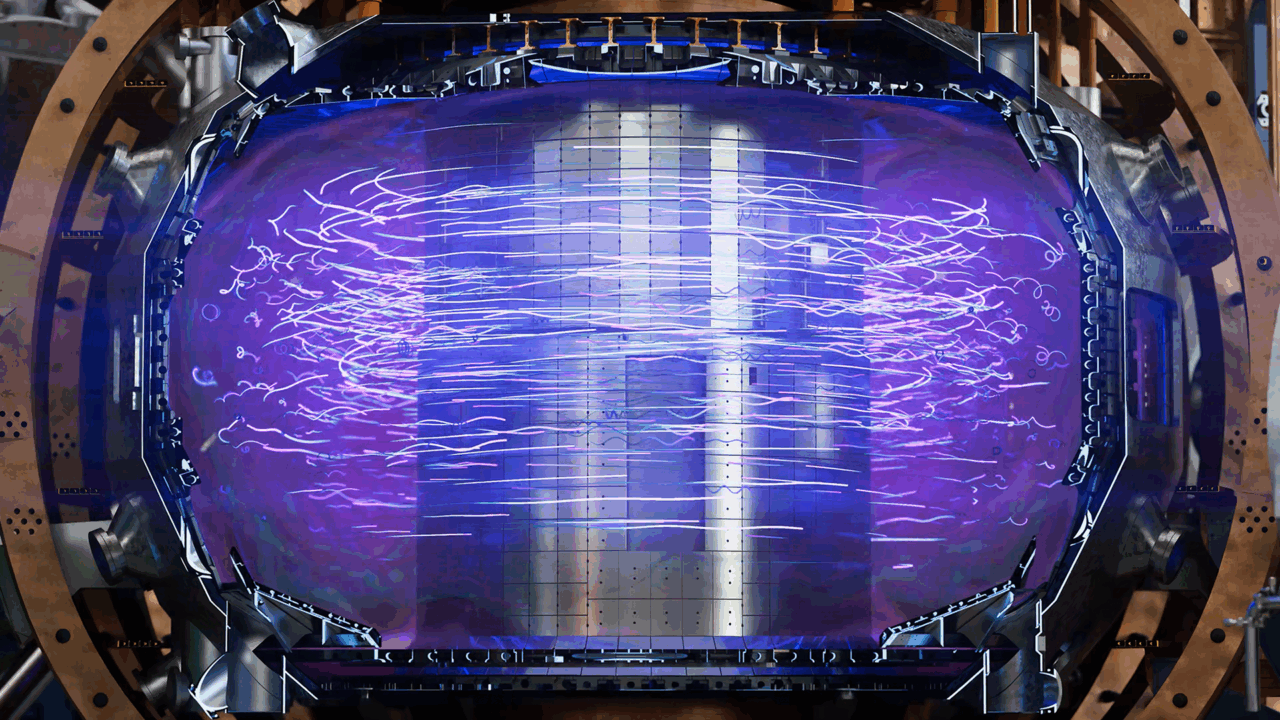AI Digital Twin Slashes Fusion Reactor Simulation Time from Weeks to Seconds

NVIDIA and General Atomics, in collaboration with international partners, have unveiled an AI-powered digital twin for fusion reactors that dramatically reduces plasma simulation times from weeks to mere seconds. This breakthrough, announced at the NVIDIA GTC Washington, D.C., conference, is poised to significantly accelerate the development of commercial fusion energy. The system allows scientists to interact with a fusion reactor virtually in real time, testing complex scenarios without risking physical machinery.
Fusion energy, which seeks to replicate the process powering the sun, holds the promise of limitless, clean power but faces immense challenges in controlling superheated plasma. Traditionally, simulating the behavior of this volatile fourth state of matter could take weeks even on powerful supercomputers, severely limiting the pace of research and experimentation. This new digital twin addresses a critical bottleneck in the quest for sustainable energy.
The innovative system operates within NVIDIA Omniverse, powered by NVIDIA RTX PRO Servers and DGX Spark supercomputing infrastructure. It leverages advanced AI surrogate models, trained on decades of real-world data, to predict plasma dynamics with unprecedented speed and accuracy. These models, including EFIT, CAKE, and ION ORB, help operators maintain plasma stability and explore intricate configurations.
This real-time interactive capability is a "game-changer," according to Raffi Nazikian, fusion data science lead at General Atomics. He stated, "Working with NVIDIA, we can now test, refine and verify our ideas orders of magnitude faster, accelerating the path toward practical fusion energy." The digital twin enables researchers to optimize magnetic confinement, achieve new limits of plasma stability, and explore "what-if" scenarios virtually.
The project involves a fully interactive digital twin of the DIII-D National Fusion Facility, a tokamak operated by General Atomics. This virtual reactor dynamically fuses sensor data, physics simulations, engineering models, and AI surrogates into a unified environment. An international team of 700 scientists from 100 organizations can now utilize this platform to refine science before running real experiments, fostering rapid optimization and progress.
This advancement fundamentally shifts fusion research from a purely physics challenge to one augmented by computing and smart algorithms. By compressing simulation cycles from weeks to seconds, the AI-enabled digital twin acts as a "fusion accelerator," speeding up the testing of new ideas and reactor designs. This collaborative effort marks a significant step toward making clean, commercial fusion power a reality.